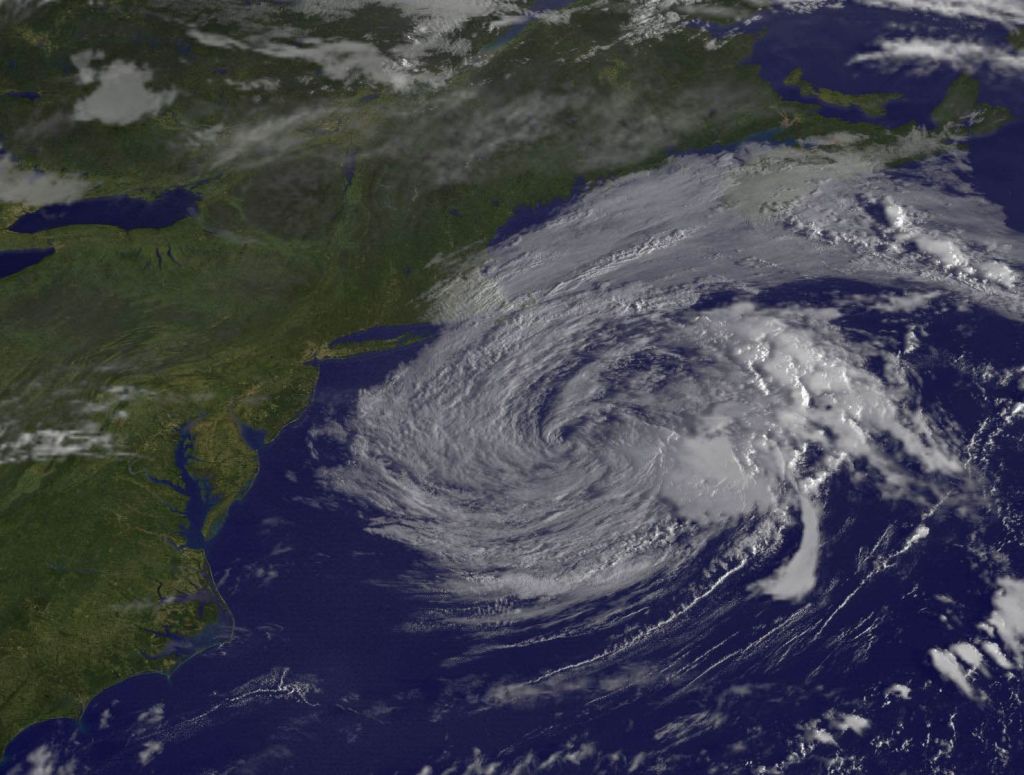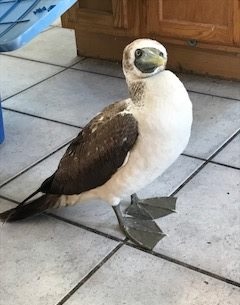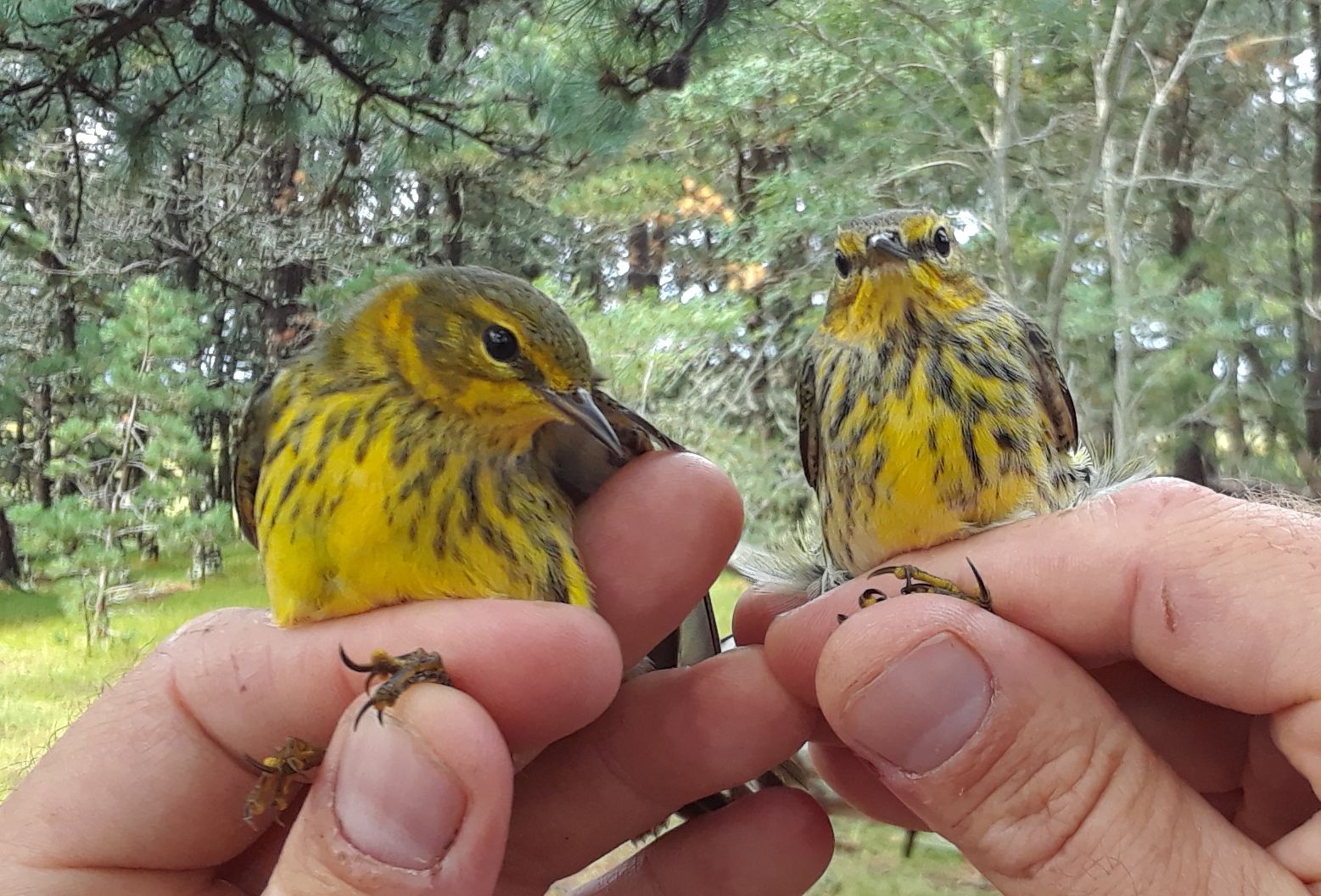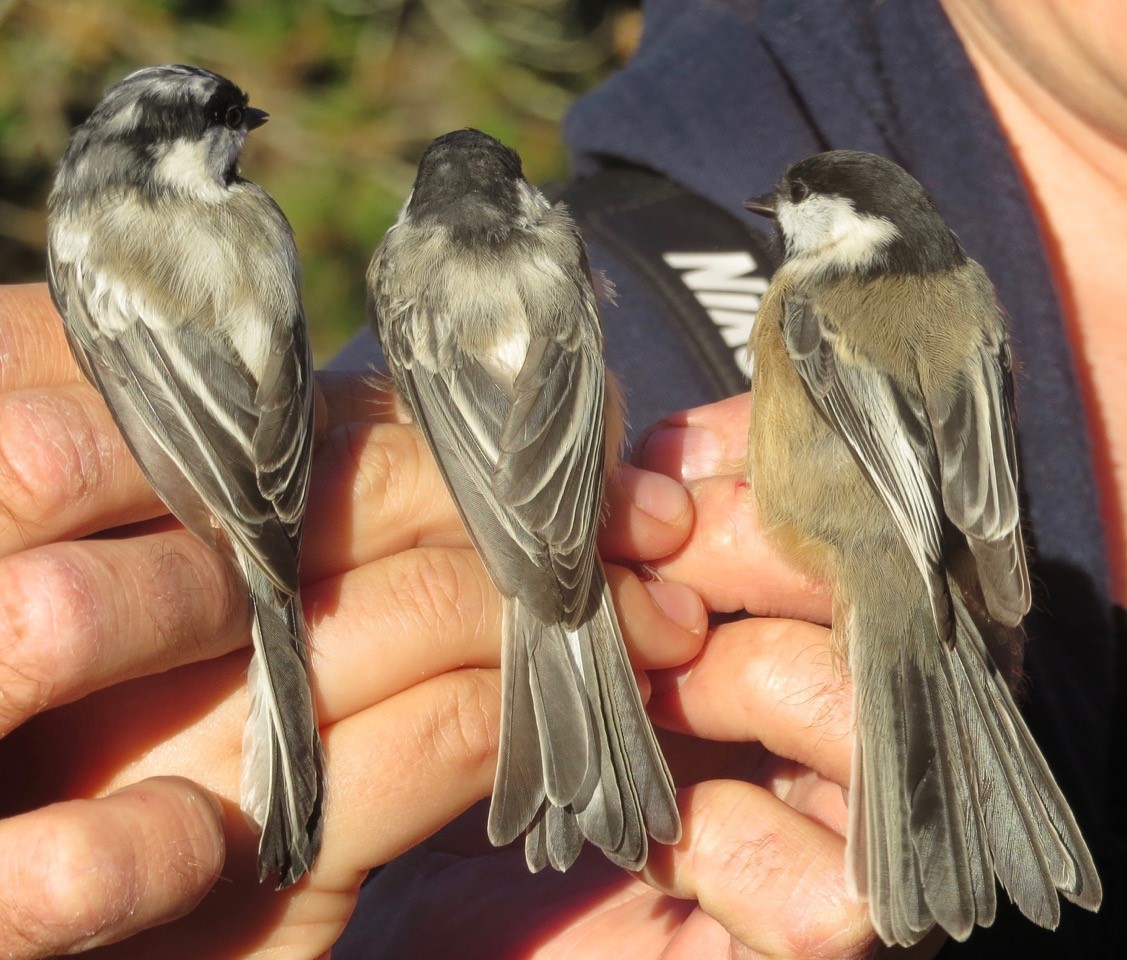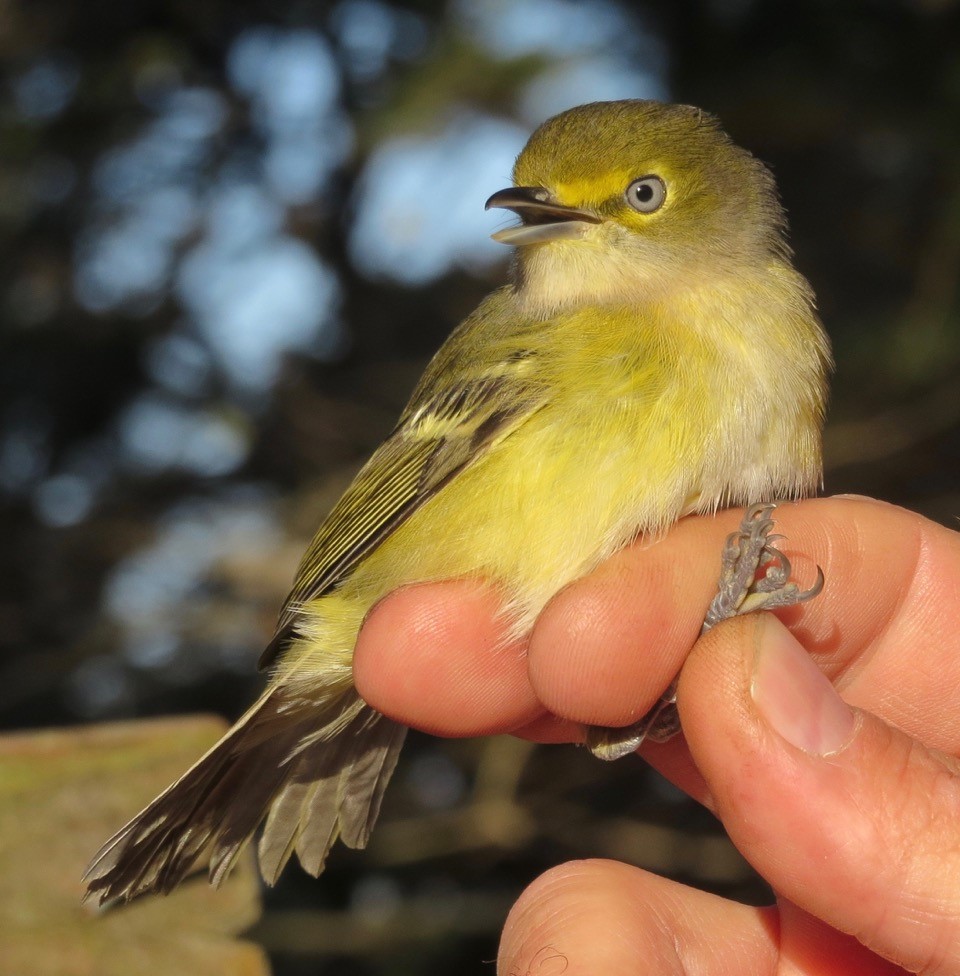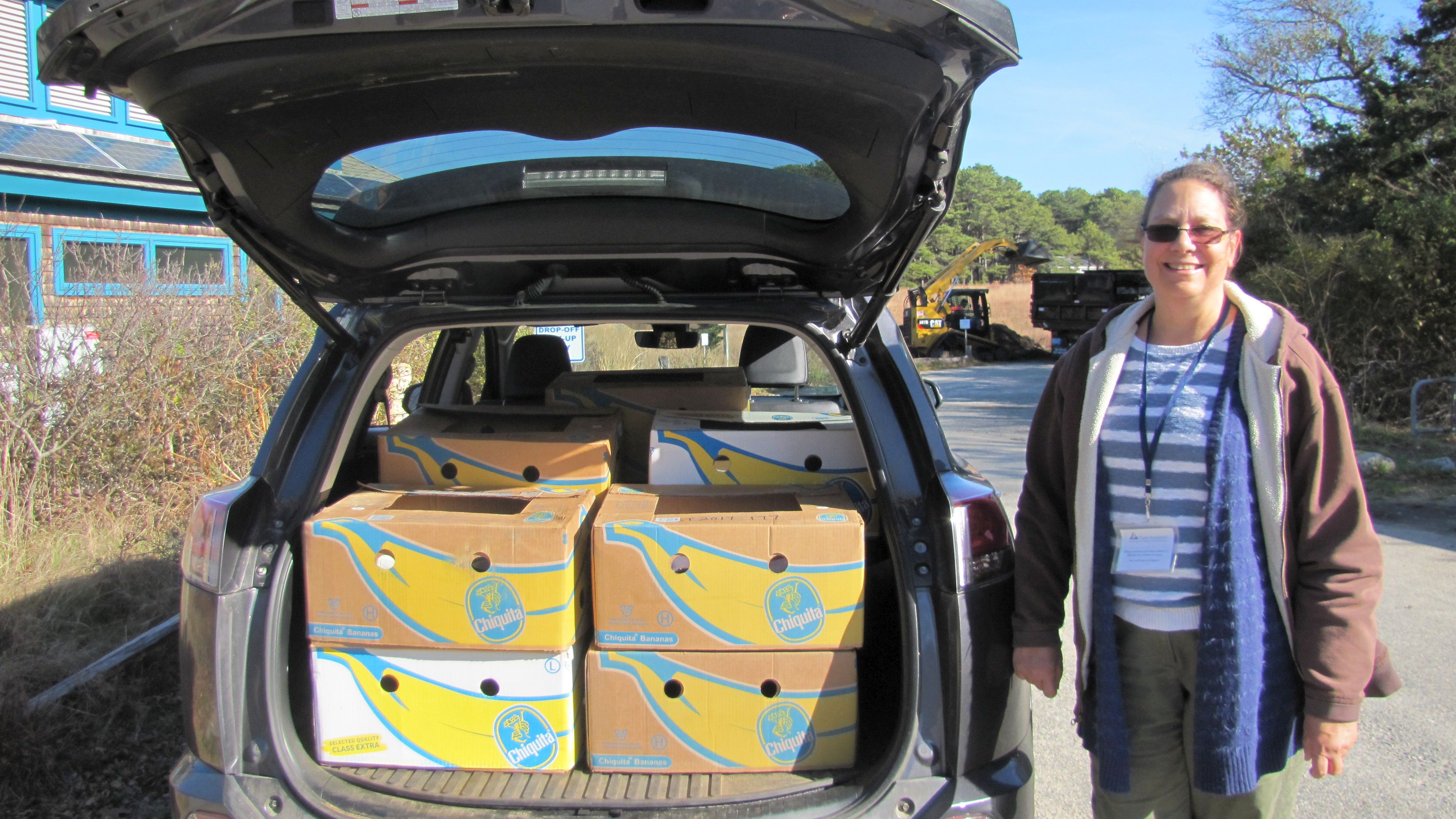
Irene Lipschires is ready to take some turtles to Quincy! She’s got 12 boxes in there, in case you’re wondering.
Since Wellfleet Bay began retrieving cold-stunned sea turtles on beaches this month, it’s become clear that this regular fall phenomenon is as much about people as it is the animals we work to protect.
The desire to help an endangered and threatened species always draws dozens of new volunteers to our doors, whether to walk beaches or drive turtles to the New England Aquarium for medical care and rehabilitation. We now have 200 people who have undergone the required training and devoted themselves to this effort.
Some of our veteran turtle folks clearly have spent some time thinking about better ways to get cold-stunned turtles off the beach. Bruce Beane, who walks three-mile-long Great Island, often at night (!), has put a lot of thought into turtle portage:

Bruce Beane demonstrates his take on a sea turtle backpack
The sea turtle season also inspires young people. One of them is 12 year old Charlie Marcus, who has been donating his own money to turtle conservation since he was eight! He and his dad Peter traveled from their Los Angeles home to walk considerable distances on the Outer Cape to find cold-stunned turtles.

Charlie and his father Peter Marcus at Wellfleet’s Duck Harbor with a cold-stunned Kemp’s ridley.
Our friends from King Philip High School in Wrentham, Abby Melanson and Alex Welch, paid a visit along with about 8 of their friends to our Sea Turtle Open House and to do what they love best—patrol beaches for turtles. Abby and Alex managed to raise $1500 dollars this year to benefit Wellfleet Bay’s sea turtle program by selling turtle necklaces as part of an international career development competition (read more in Young Sea Turtle Enthusiasts Walk the Walk).
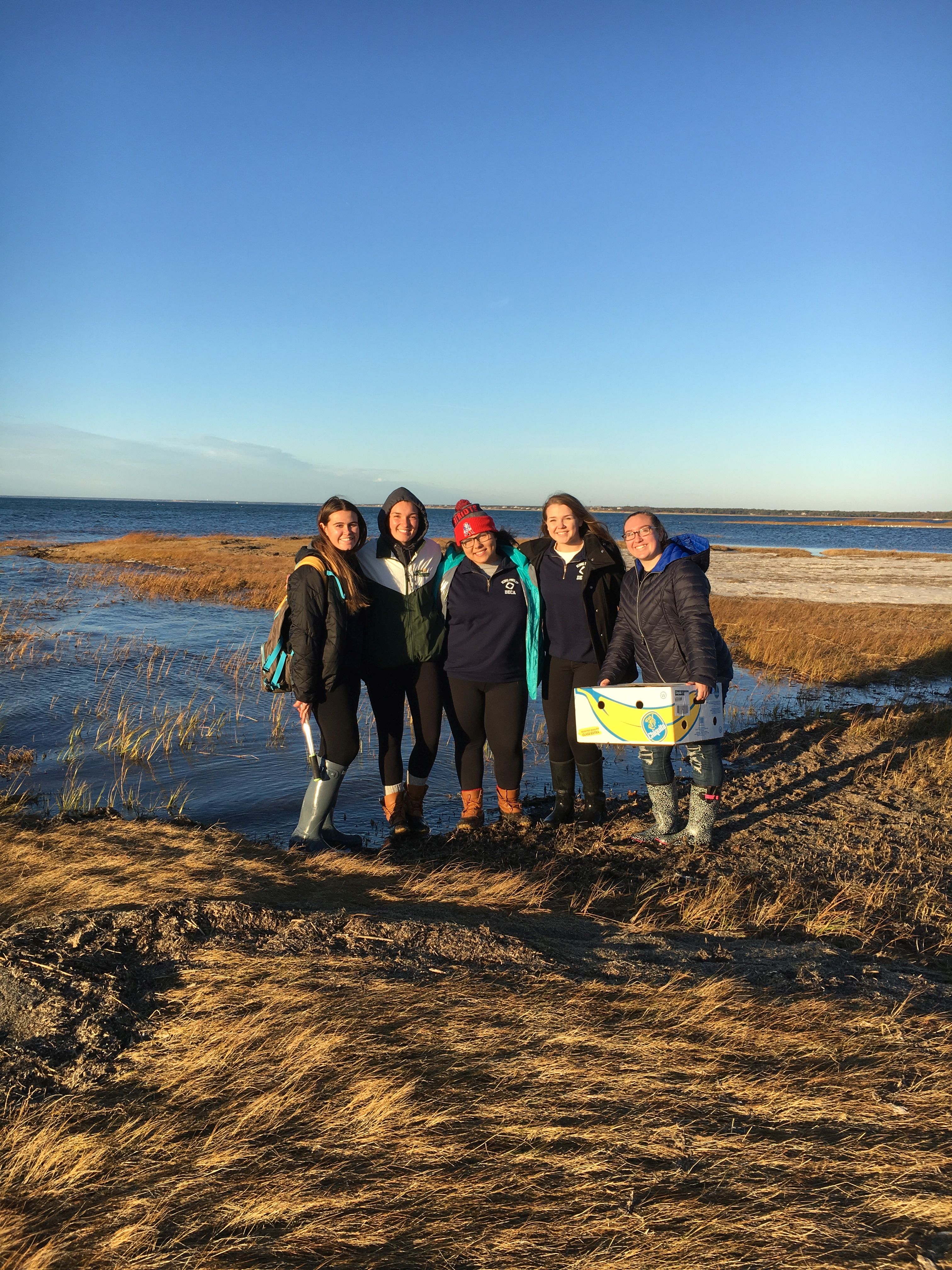
King Philip Regional High School kids from Wrentham, including Abby and Alex.
And we can’t neglect to mention all the great folks we don’t always get to meet—the daily beach walkers who find turtles and read our posted beach signs about what to do. At Sea Street Beach in Dennis, we encountered a Kemp’s ridley moved to the upper beach, in a perfectly executed bed of wrack where we found the turtle safely waiting for our arrival.

This ridley was wrapped expertly in wrack and well marked so we could find it.
In the spirit of the holidays, we are grateful to all of our volunteers, neighbors, and turtle lovers from over the bridges who help us in one way or another in what has become a Cape Cod wildlife conservation tradition.


